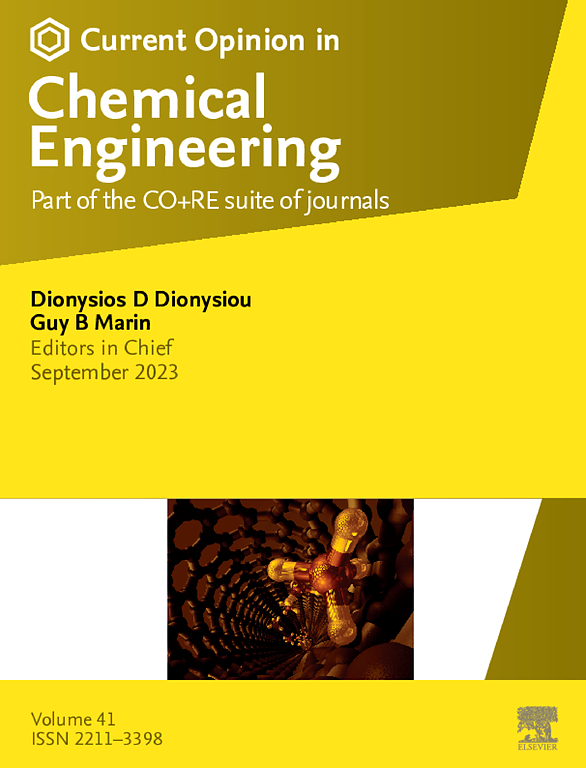Recent advances, challenges and perspectives on rotating packed bed technology in solvent-based post-combustion carbon capture
IF 6.8
2区 工程技术
Q1 BIOTECHNOLOGY & APPLIED MICROBIOLOGY
引用次数: 0
Abstract
Rotating packed beds are emerging as a promising alternative to conventional packed beds in solvent-based carbon capture, owing to their high mass transfer rates and compact design. This paper discusses recent advances, challenges and future perspectives associated with RPB technology. Key issues include solvent stability and degradation, corrosion challenges, scaling up for industrial applications and other operational and maintenance hurdles. Future research should focus on developing novel solvents, optimising RPB design, creating high-fidelity models using hybrid approaches, and establishing robust and rigorous procedures for scaling up. Additionally, accurate techno-economic evaluations and exploring decentralised RPB deployment could enhance its commercialisation, making this technology viable for a broader range of industries.
溶剂基燃烧后碳捕集旋转填料床技术的最新进展、挑战和展望
旋转填料床由于其高传质率和紧凑的设计,正在成为溶剂基碳捕获中传统填料床的有前途的替代品。本文讨论了RPB技术的最新进展、挑战和未来展望。关键问题包括溶剂稳定性和降解、腐蚀挑战、工业应用规模扩大以及其他操作和维护障碍。未来的研究应该集中在开发新的溶剂,优化RPB设计,使用混合方法创建高保真模型,以及建立稳健和严格的扩展程序。此外,准确的技术经济评估和探索分散的RPB部署可以增强其商业化,使该技术在更广泛的行业中可行。
本文章由计算机程序翻译,如有差异,请以英文原文为准。
求助全文
约1分钟内获得全文
求助全文
来源期刊

Current Opinion in Chemical Engineering
BIOTECHNOLOGY & APPLIED MICROBIOLOGYENGINE-ENGINEERING, CHEMICAL
CiteScore
12.80
自引率
3.00%
发文量
114
期刊介绍:
Current Opinion in Chemical Engineering is devoted to bringing forth short and focused review articles written by experts on current advances in different areas of chemical engineering. Only invited review articles will be published.
The goals of each review article in Current Opinion in Chemical Engineering are:
1. To acquaint the reader/researcher with the most important recent papers in the given topic.
2. To provide the reader with the views/opinions of the expert in each topic.
The reviews are short (about 2500 words or 5-10 printed pages with figures) and serve as an invaluable source of information for researchers, teachers, professionals and students. The reviews also aim to stimulate exchange of ideas among experts.
Themed sections:
Each review will focus on particular aspects of one of the following themed sections of chemical engineering:
1. Nanotechnology
2. Energy and environmental engineering
3. Biotechnology and bioprocess engineering
4. Biological engineering (covering tissue engineering, regenerative medicine, drug delivery)
5. Separation engineering (covering membrane technologies, adsorbents, desalination, distillation etc.)
6. Materials engineering (covering biomaterials, inorganic especially ceramic materials, nanostructured materials).
7. Process systems engineering
8. Reaction engineering and catalysis.
 求助内容:
求助内容: 应助结果提醒方式:
应助结果提醒方式:


